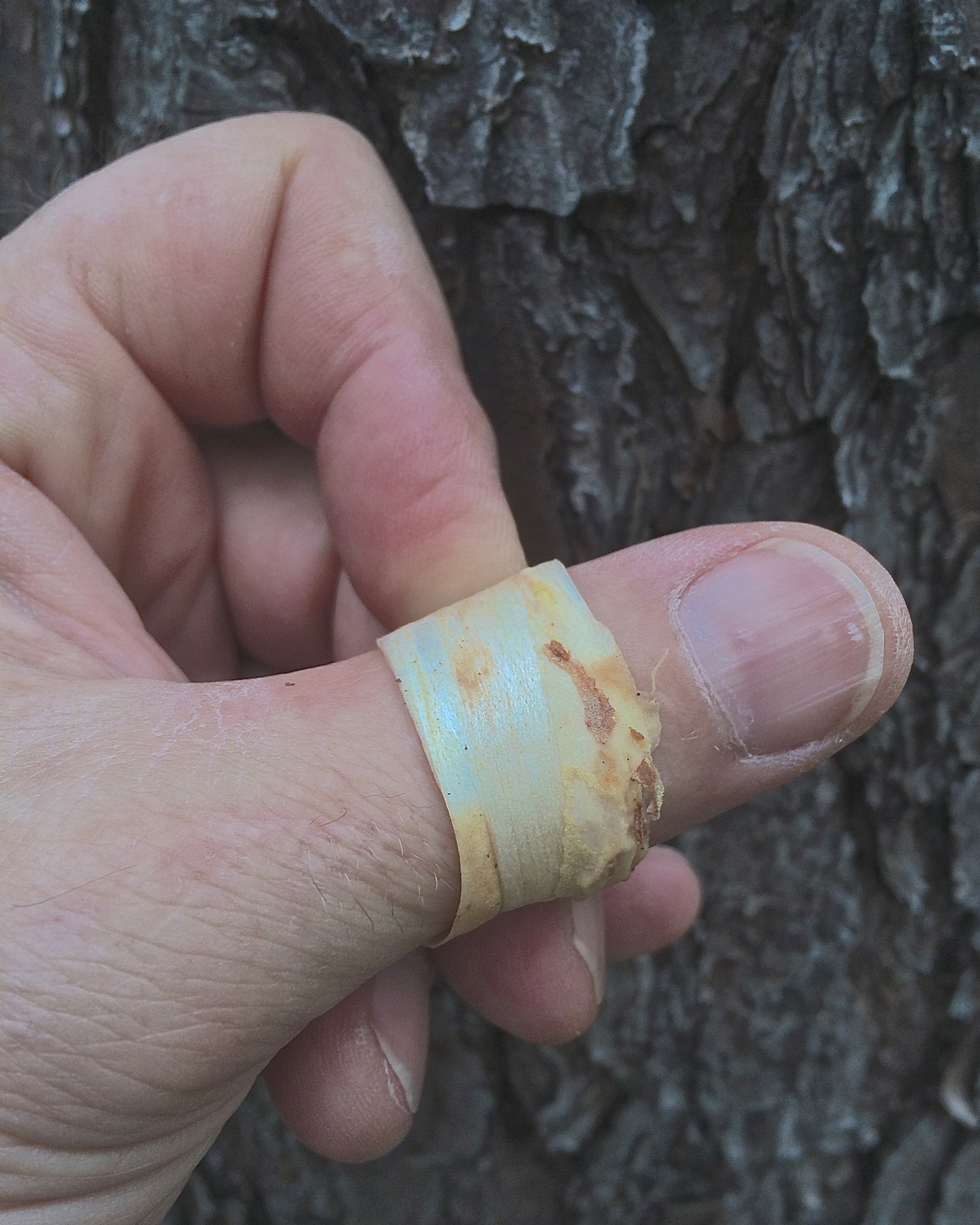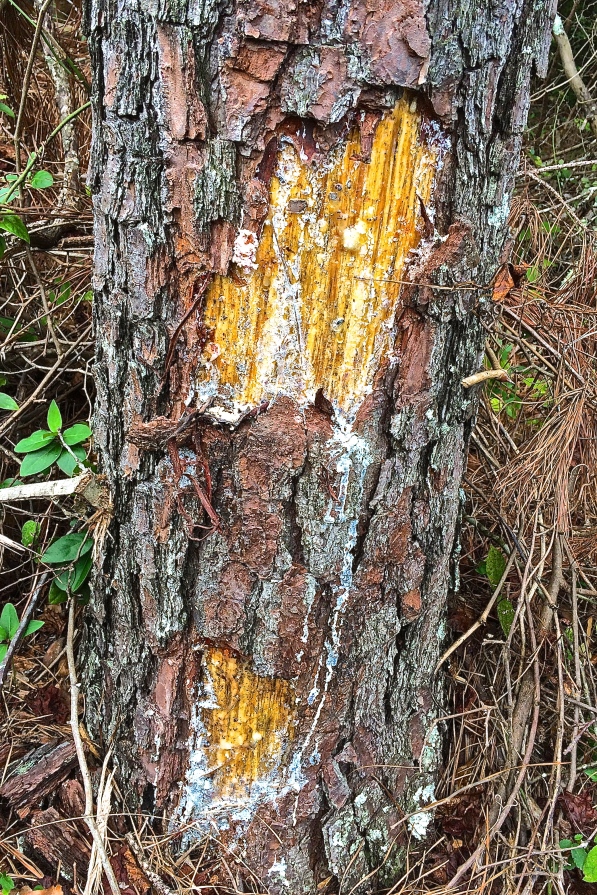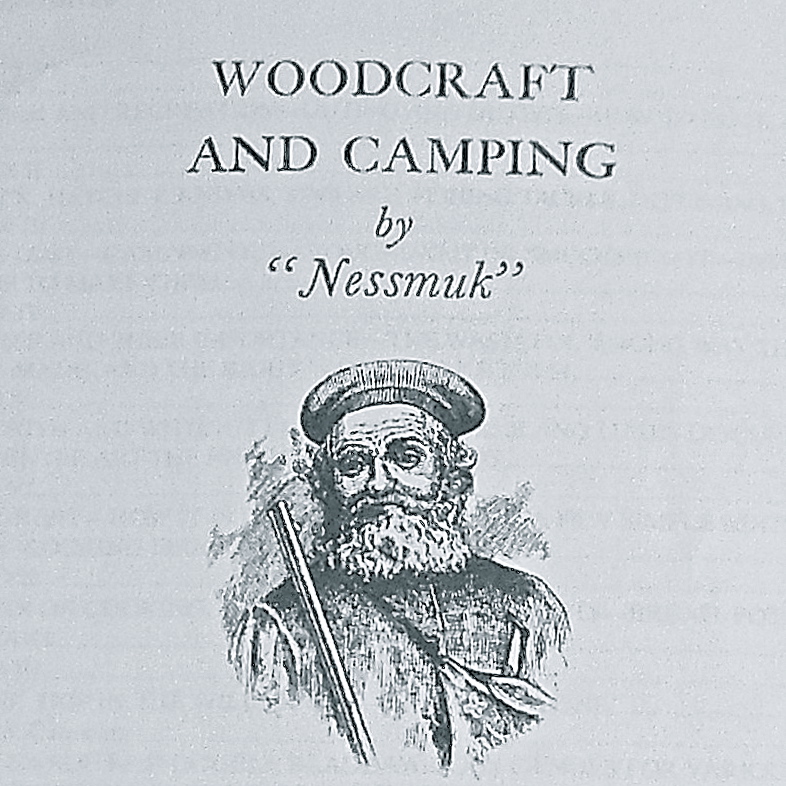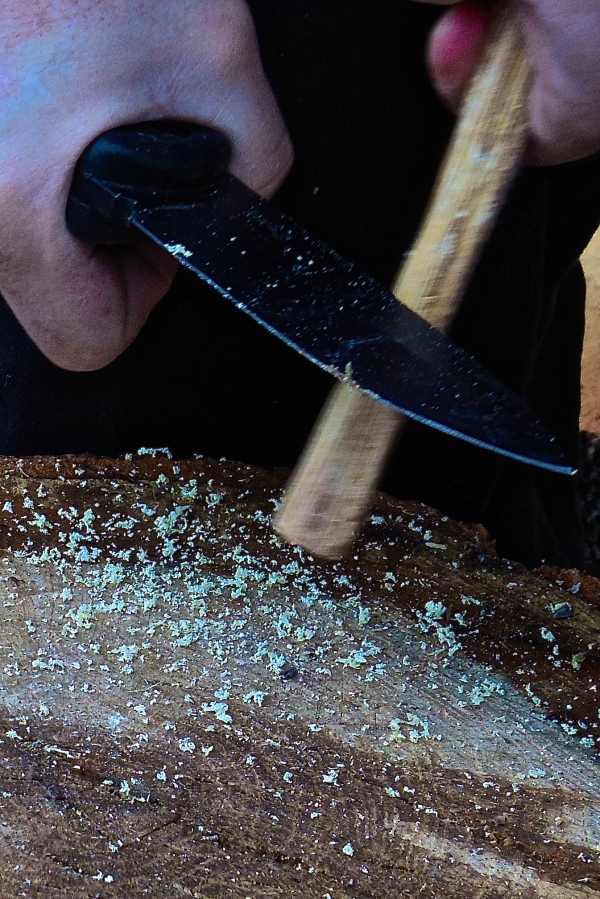Are they elongated walnuts? Wee, tiny brains on a stalk? Nope, neither. These strange-looking but delicious-tasting wild mushrooms are called morels. They grow across most of the United States. But, while they grow plentifully, they’re so popular that hunting spots are kept as well-guarded family secrets. Use these 12 hunting tips to score a few of your own.
- Hunt in the spring. The best time is during the two months that are the height of spring in your area. Morel mushroom season begins as early as February in southern states and as late as April in the midwest. It lasts through May in most of the U.S., and into June in the northwest and Canada.
- Take your kids along. Morel hunting is a great family activity. And, since kids are lower to the ground, they often have a better chance of spotting the morels.
- Hunt after a warm, spring rain. If morels are in season in your area and you have a warm rain followed by sunny days, morels will crop up quickly.
- Take cues from the habitat. Morels thrive in forests, particularly in burn sites and other disturbed areas. Downed trees, river banks and flood planes are potential morel grounds. Loamy soil and certain trees (including ash, tulip, apple, aspen and elm) also attract morels.
- Sweep and then focus your search. Spread out your search initially. Once you find morels, slow down and search thoroughly in that area. Then search in similar habitats nearby.
- If you don’t find morels early in the season, look again. It takes years for a morel spore to establish itself in the forest. Yet the fruits of the morels grow quickly. While you might find zilch one day, you could find dozens in the same area mere days later.
- Keep the plant intact. Cut the fruit of the mushroom off with a knife, leaving the root of the plant undisturbed. If you do, the plant can produce another morel.
- Use a mesh bag for collection. An onion or orange sack works best since it allows you to redistribute morel spores through the forest while you hunt. Paper sacks are OK, too, since they’re breathable. Air circulation is important. Never use plastic or sealed bags.
- Don’t crush your ‘shrooms. If you find the morel mother-load, keep your collection sack relatively small (a 10-pound onion sack is about right). Too much weight on the morels at the bottom of the sack will crush them.
- Properly identify your morels. False morels and other look-alikes can make you ill or even kill you. So, be sure you know how to identify morels as true morels before you eat them. False morels are mushrooms with dense, cottony insides. If you aren’t sure, cut the fruit open to ensure it is a hollow true morel.
- Soak morels in water. Since morels are hollow, the mushrooms tend to collect sand, bugs and debris. To clean, soak the morels in water for a few hours. If you hunted in a particularly sandy area—like a creek bed or riverbank—you may want to slice the morels in half lengthwise before soaking.
- Cook them simply. Once your morels are ready, try them sauteed in butter or battered lightly with cornmeal to bring out the morel’s naturally rich, meaty taste and texture.
Follow Kristi on Twitter @VeggieConverter
Sources:
http://www.fieldandstream.com/photos/gallery/survival/food/2009/05/beginner%E2%80%99s-guide-hunting-morel-mushrooms
http://www.mushroom-appreciation.com/morel-mushroom-hunting-tips.html
http://webpages.charter.net/woodsman/mushtip.htm
http://www.organicauthority.com/foodie-buzz/tips-for-hunting-morel-mushrooms.html
Books Of Interest:











